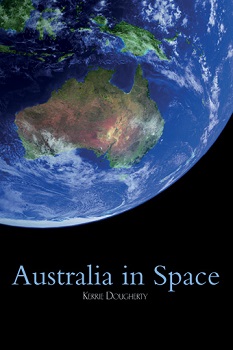One might think Australia has two main claims to fame in the space arena: its historic launch base at Woomera and the fact that the remains of the deorbiting Skylab space station fell within its territory. This is, of course, a gross misrepresentation of the nation’s activities in space, as Australian space historian Kerrie Dougherty reveals in her new book.
Although Australia only recently inaugurated a space agency, it has a long heritage in space technology and related services. Unsurprisingly, Dougherty begins with rocketry: “While Australia cannot claim any significant contributions to the early development of rocketry”, she admits, “local inventors, dreamers and entrepreneurs were inspired by overseas developments to undertake their own rocketry experiments.”
This ‘catch-up’ mode soon turned to ‘cutting edge’ research, however, when the UK began a programme to test its Black Knight and Blue Streak rockets at Woomera. This later morphed into the European Launcher Development Organisation’s programme for Europa, the first stage of which was the Blue Streak.
Arguably more important for Australia’s reputation in what the author calls ‘the space club’ was the launch of its first satellite, WRESAT, from its own territory. Here, Dougherty proves that professionalism trumps patriotism with an unbiased analysis of her nation’s ranking: “it is often claimed that Australia was either the third or fourth country to launch its own satellite,” she says, but she places it fifth after the USSR, USA, France and Italy. This is because some nations launched their own satellites on foreign vehicles while others launched foreign vehicles from their own facilities – as she says, it’s a “complex matter”.
Subsequent chapters cover Australia’s tracking facilities (including the story of its role in the Apollo missions); the use of space for defence and security; space science; engineering; and Australian space policy. The book is well-designed and illustrated throughout in colour and concludes with a list of acronyms, a timeline of space events and a useful index.
Mark Williamson











